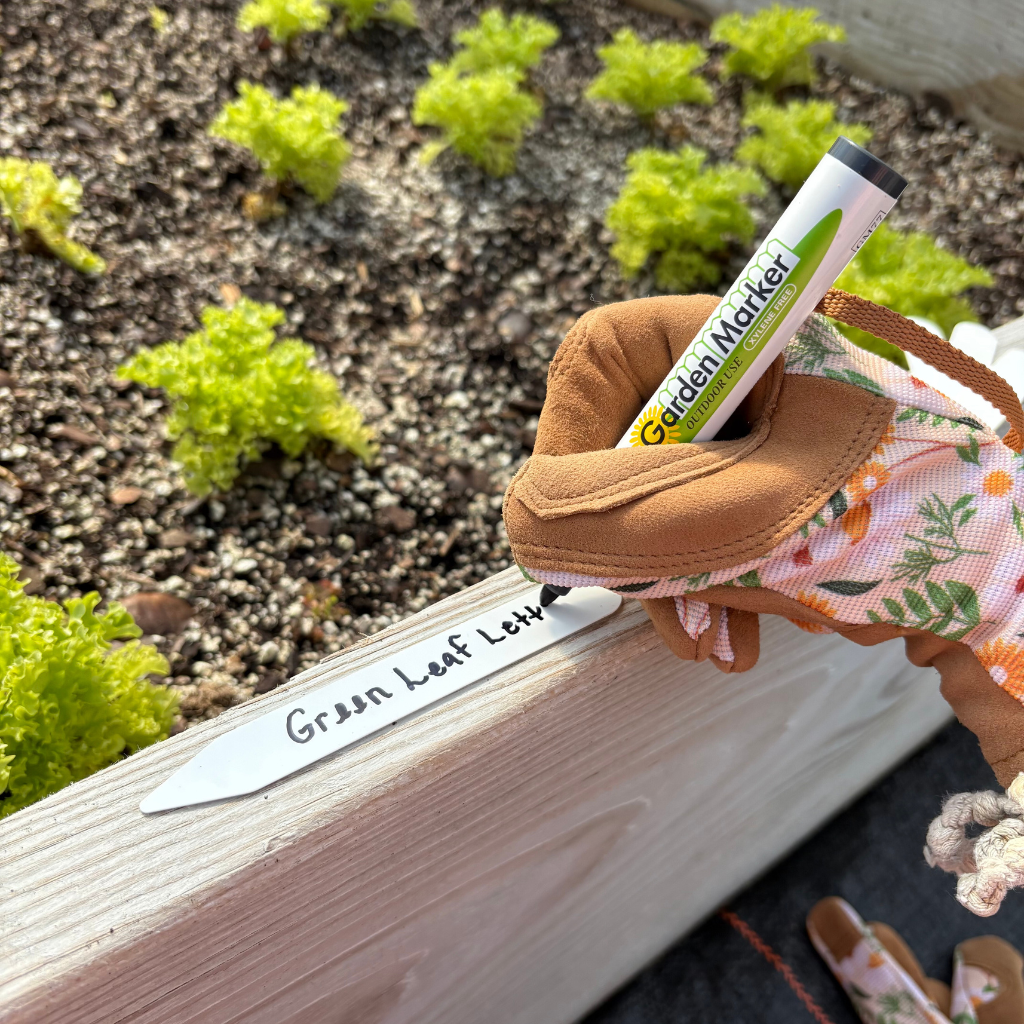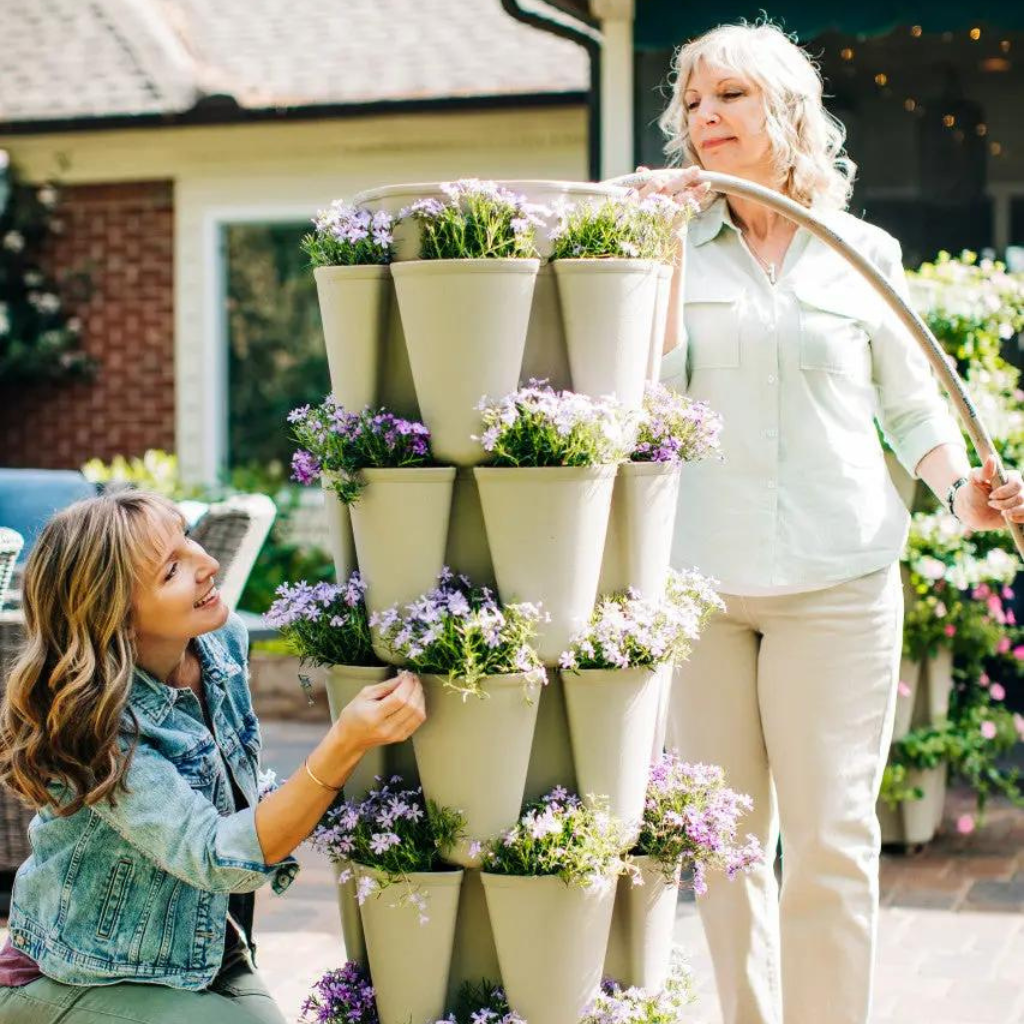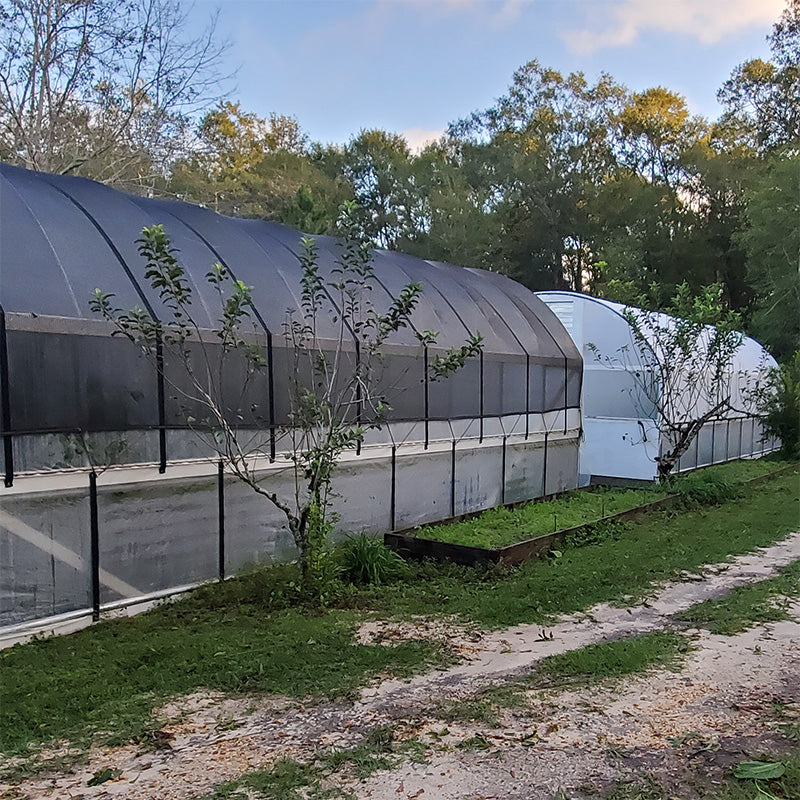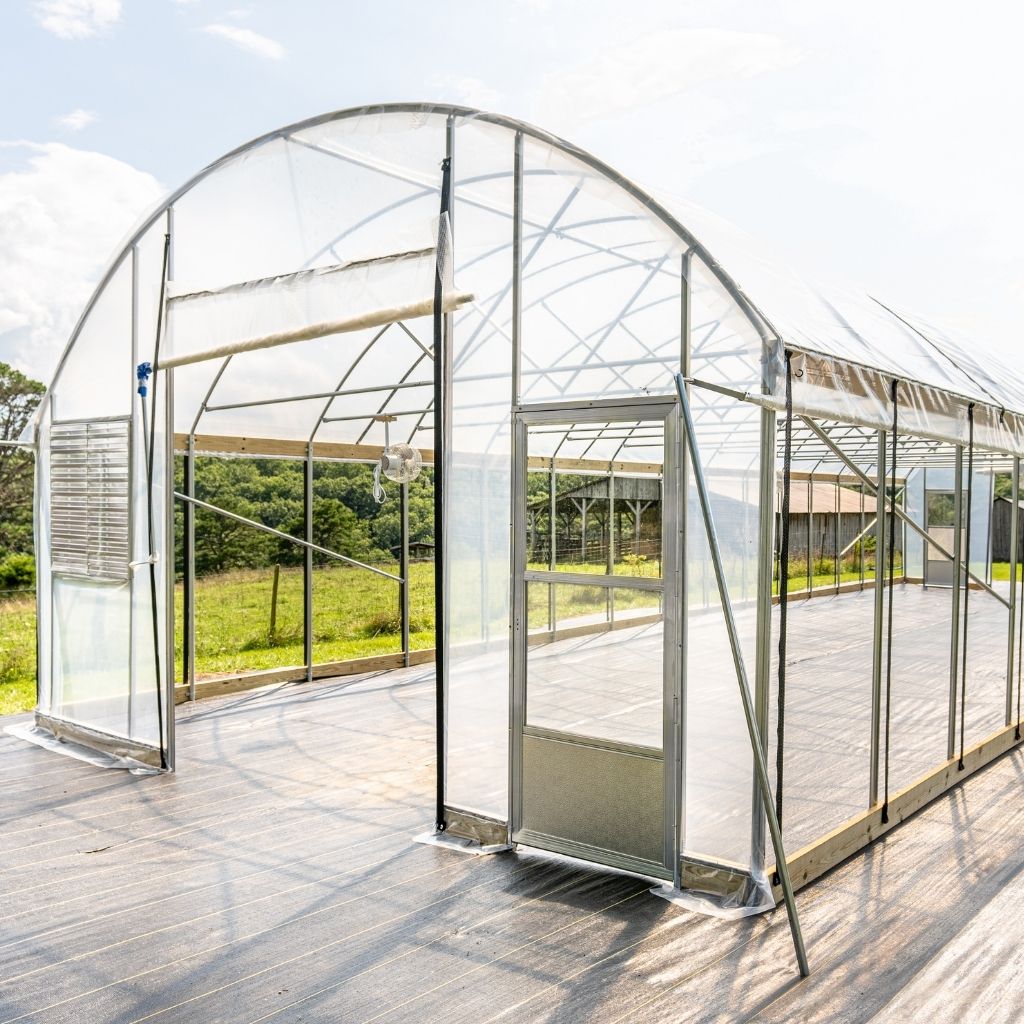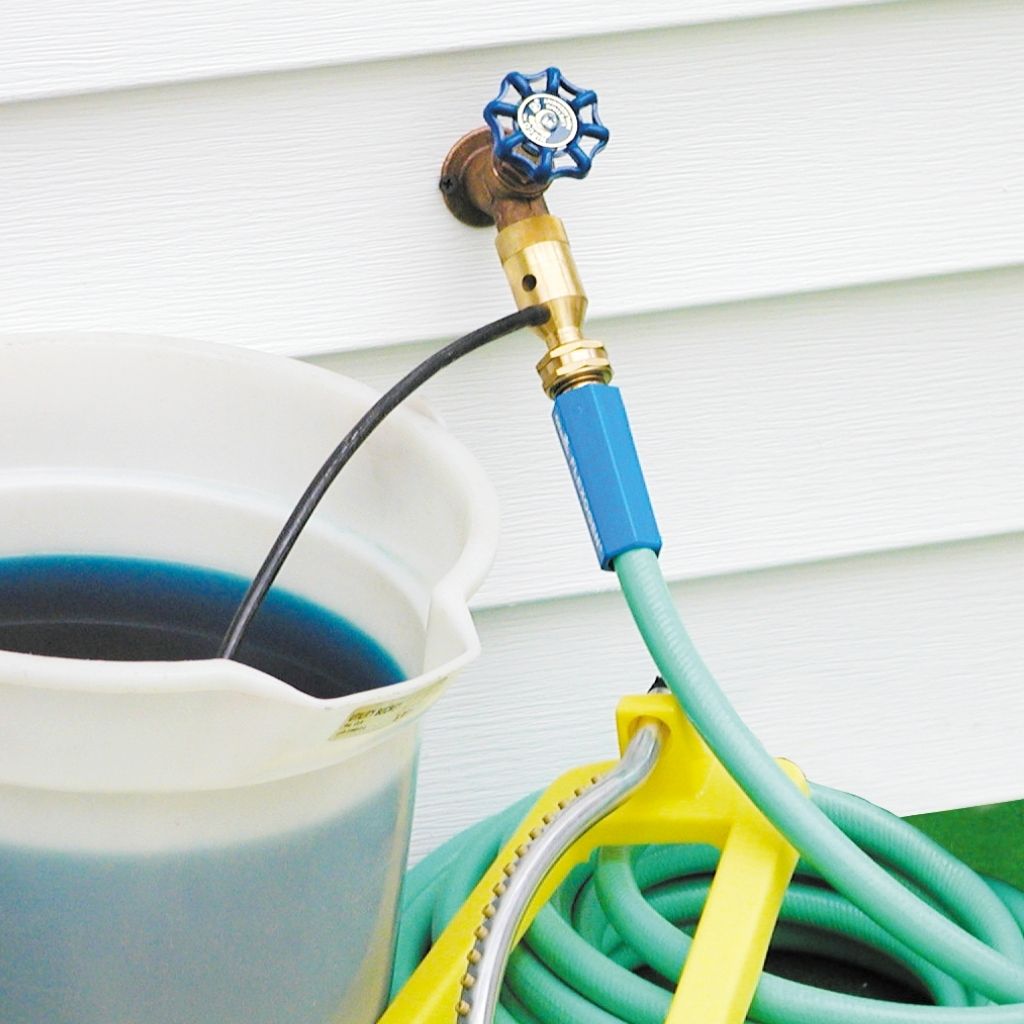Beneficial Insects

I have heard ‘if you build it, they will come’.(http://Finegardening.com) This is very true of attracting beneficial insects into your garden or greenhouse.
First, you need to determine what pests you have and which beneficials prey on them. Then, you will know what type of habitat to grow and maintain. This can easily be done with a magnifying glass and a bug identification book. Some of the more common pests include aphids, harlequin bugs (also known as stinkbugs), potato beetles, cabbage looper caterpillars/moths, squash bugs, cucumber beetles, flea beetles, cutworms, hornworms, and whiteflies. These insects fall into 3 categories: soil insects, sucking insects, and chewing insects.
Soil insects feed on seeds in the ground, flower and vegetable seedlings, and larger established crops. Some examples of soil insects include cutworms, slugs, and white grubs. Sucking insects suck the juice out of plants. A severely infected plant will become wilted, yellowed, deformed, or even die. Some examples of sucking insects include stinkbugs, aphids, mealybugs, and squash bugs. Chewing insects can cause the most damage to your garden. They chew on every part of the plant, including leaves, flowers, fruit, and vegetables. Some examples of chewing insects include cabbage looper caterpillar, slugs, aphids, grasshoppers, and hornworms.

Now that you know which pests you have lurking around in your garden, you can determine the best way to attract your beneficials. The more common beneficial insects include ladybugs (also known as lady beetles), green lacewings, assassin bugs, hover flies, centipedes, mantids, mealybug destroyers, and damsel bugs. Some of the best ways to attract beneficial insects are to plant a variety of insectary plants which will provide a supply of nutrients; because most Beneficial’s diets are not limited to other insects, a source of water, and shelter.Insectary plants include daisies, chamomile, clover, mints, mustards, buckwheat, and marigolds. A diversity of insectary plants can increase the population of beneficial insects so that levels can be sustained even when the insectary plants are removed or die off.

Companion planting is another way to control the pests. For a maximum benefit in the garden, insectary plants can be grown alongside desired garden plants that do not have this benefit. The insects attracted to the insectary plants will help the garden plants.
To maintain a suitable environment for survival and good performance, your beneficials will need a constant supply of food, shelter, and water. You can put water in a dish with pebbles or small stones and keep it in your garden or greenhouse. This allows the insects to drink, but not drown. Succession planting your insectary plants will provide the necessary shelter and also a food supply for the beneficials. If you put a little extra effort into it all, you can maintain year round.


